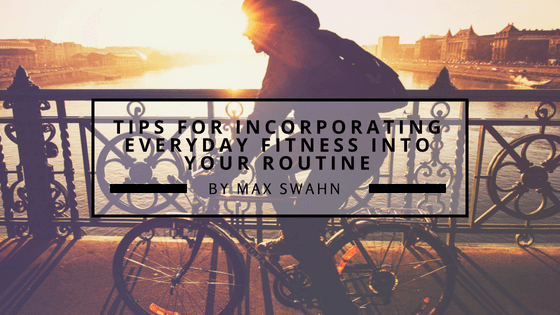The road to routine can be a little rocky, especially when transferring from student to professional. As a recent engineering graduate, the regimented world of adulthood can feel pretty daunting and hobbies that previously fit seamlessly in between classes and your workload, now don’t seem to integrate as smoothly.
This month I wanted to talk about how to make a schedule where fitness doesn’t have to fall by the wayside. The concept is simple. Take baby steps and stay committed. As Matt Cutts brings home in his TEDTalk, small changes, implemented over incremented periods of time, make it easier to create habits and ultimately integrate into your routine.
Leverage Your Activity
First things first – think about what you already actively do (or don’t do) in a day. Instead of working harder, try working smarter. Think about the physical activity that is already a part of your routine, or consider necessary activities like getting to work, getting into the office and how you could make them more active than stagnant. Instead of driving to work, walk or bike. Instead of taking the elevator into the office, try the stairs. In maximizing these minor moments you may not see overnight results. That being said, over time you continue to contribute to building out a more active routine.
Commit to It
If you commit to an hour workout three times a week, don’t go to bed until you have completed the workout on the designated day. The more you delay and put off one day, the easier it will become to put off an entire week. As Chris Freytag says, “Start by committing to getting activity regularly. Schedule exercise like any other appointment on your calendar and treat it as a commitment rather than something you squeeze in if you have time. Even if you can only allot 15 minutes at a time, schedule it.” This helps build accountability.
Do What You Love
Martin Bjergegaard instructs readers to cater to their own likes and dislikes, which at first might sound like enabling yourself, but remember there has to be at least some form of exercise you enjoy. You have a job, don’t make fitness another one. As Bjergegaard says, “We each need to be realistic and to know ourselves. One person’s running is another person’s yoga, weight training, or dance. Flexing your self-discipline muscles is often necessary when it comes to exercise, but make it easier on yourself by choosing a form of exercise that fits your lifestyle, personality, and taste. Not sure what you love to do? Don’t be afraid to experiment with different forms of exercise until you find what works best for you.” If you find a class or gym routine you really enjoy, you will be more motivated to attend regularly.
